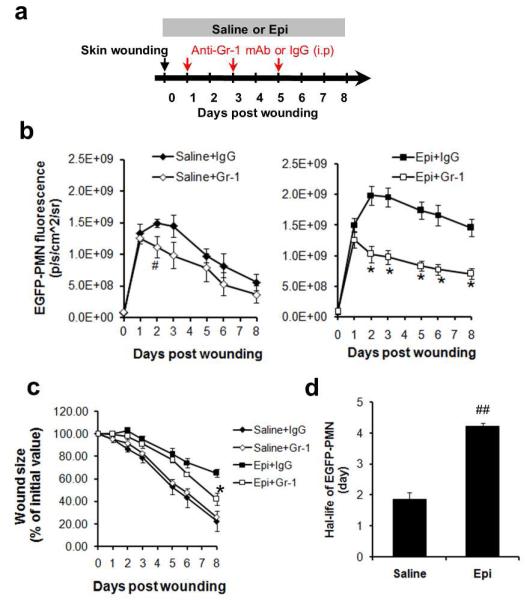Figure 2. The persistence of wound PMN trafficking is responsible for epinephrine stress-mediated delayed healing.
(a) Experimental design for delayed depletion of systemic EGFP-PMNs. Systemic PMNs were depleted with anti-neutrophil antibody (Gr-1 mAb) treatment from saline-treated (Saline+Gr-1) and epinephrine-treated EGFP-lys-mice (5 mg/kg/day, Epi+Gr-1). Kinetics of wound EGFP-PMNs (b) and wound closure (c) were determined and results were compared with mice that received with isotype control (Saline+IgG or Epi+IgG). n=5-6 mice in each group. #, p<0.05 between Saline+IgG vs Saline+Gr-1 and *, p<0.05 between Epi+IgG vs Epi+Gr-1. (d) Calculation of the half-life of PMNs infiltrating wound based on the rate of EGFP-fluorescence signal decay (see Methods and Fig. S4). n=3-4 mice in each group. ##, p<0.05 vs Saline control.

